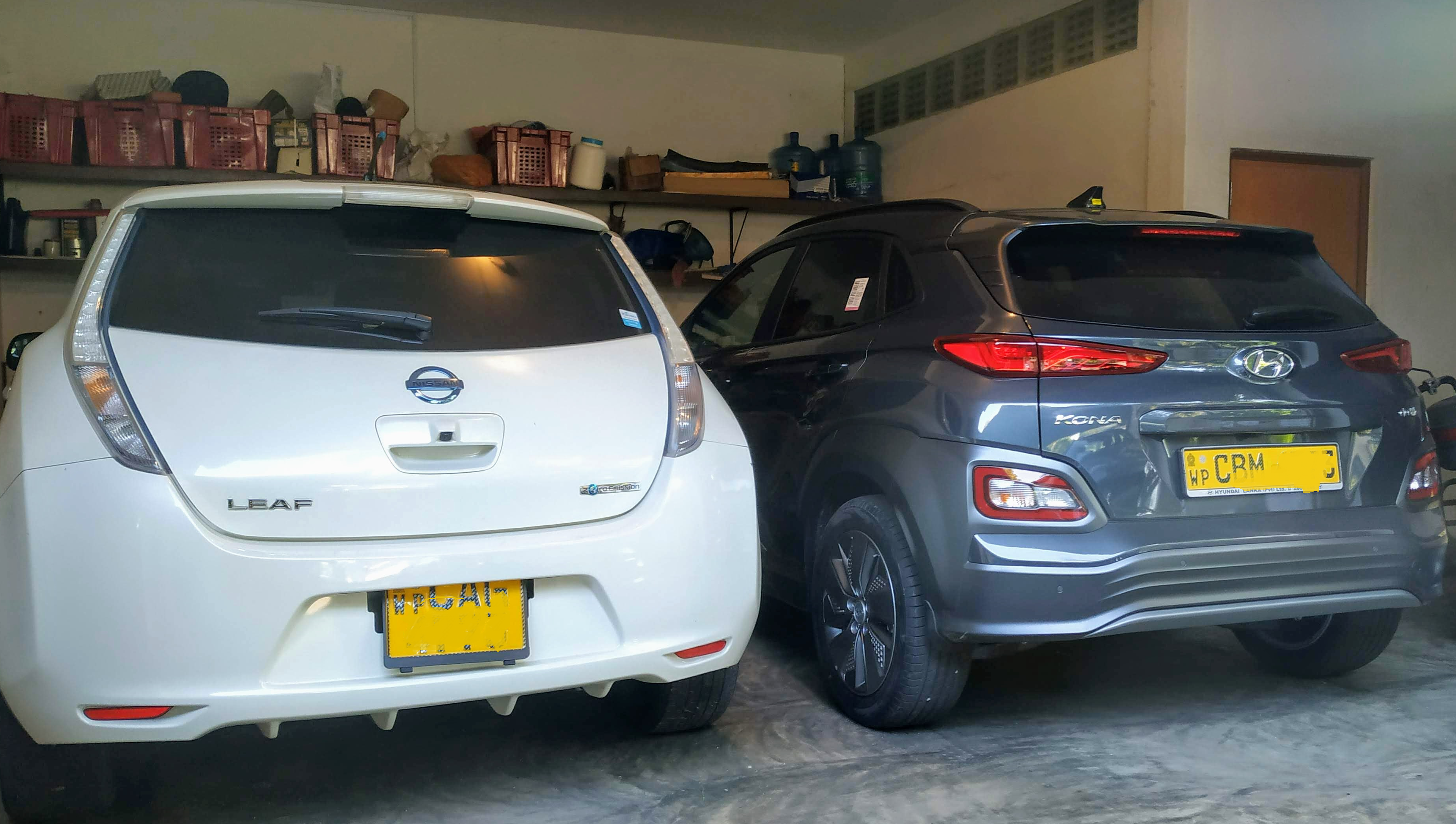Electric vehicles are, in many ways, much simpler than their ICE (Internal Combustion Engine) counterparts. Hybrids are even more complicated. The absence of a complicated ICE and transmission means 80% lesser moving parts and fewer fluids comes with a much lower maintenance burden.
EV’s are not no maintenance cars, we have spoken of this need many times. In fact, all EV manufacturers from Tesla to Nissan have mandated their own preventive plans. You may read why EV s need maintenance here. This will elaborate on what if you decide not to do any service as well.
As said EV’s are much easier to do DIY than ICE. But what matters is that you should do it all by following a checklist. Even the pros do miss things if they dont follow the standard procedure.
Let’s focus on Nissan Leaf, a world’s best-seller for this exercise. You may find the other EV maintenance tips in our Services section.
Service interval
Nissan has mandated a 6-month interval on Leaf and Tesla will do it in 12-month intervals for model S. Other manufacturers too having their own maintenance plans on specific models. A common feature is the interval doesn’t base on the milage but time. Please refer to the manufacturer handbook of your EV.
What you need?
- A set of spanners and box wrenches. Dont forget the basics like Pliers, Screwdrivers, etc. I do not wish to list it all here.
- Ideally a trolly jack. Even the jack of the car would suffice but not safe enough. Ensure that you use at least a tire underneath when attending to brakes.
- Rubber grease
- Brake cleaner
- Leaf spy OBD adaptor and mobile app.
- DOT 3 brake fluid (if required)
- Cabin Filter (if required)
- Pair of gloves, Cotton waste.
- Distilled water.
The checklist
There needs to be a checklist of what you need to check in an EV. In this case a Nissan Leaf, here it is.
- Check all indicators are lit when ON and go off when Ready.
- Check 12V Battery electrolyte, refill if needed – better ask a battery shop to check the status when you pass by.
- Ensure all bulbs and indicators do function
- Parking brake – for performance and play.
- Foot brake – Freeplay, stroke & operation
- Brake fluid level check (condition check can only be done with a qualified tech).
- Check in-cabin microfilter – ensure that you re-insert this properly. Mis-placement will ruin your evaporator coil.
- Free and turn all wheels by hand, ensure smooth, resistant free and noiseless rotation.
- Tire rotation (Ensure correct size, ware & inflation)
- Visual check of axle & suspension parts
- Driveshaft and rack boots condition.
- Coolant check/level, condition/color.
- Charging ports for cleanliness.
Brake service
This is an important part, read on our detailed instructions on how to do a brake service. Follow this video to know how to do it. Once you are done with the brake service, the mandatory preventive needs will be completed. A qualified EV tech will be required from this point onwards, in case if you decide to move forth.
What a shop will do?
In addition to above, a qualified EV service personal will carry out the following in hoist. Don’t be discouraged, you may do the same if you are armed with little tech knowhow and trolley to slide underneath the EV.
- Brake lines & cables inspection
- Brake pads & rotors check / clean
- Reduction gear oil/level and condition
- Steering gear and linkage check
- Ball joints and bushes check
- Check shocks for leaks, damages
- EV Battery Scan/usage report
- Diagnostic scan/report.
The list is of several other components as mandated by the manufacturer. But in Sri Lanka, the usage conditions are not too bad except for the dust and humidity. However, we are cautious here to practice most of what the manufacturer says.
You may read along the air conditioner and brake repairs on separate posts.
Record keeping
This is a very important part which we miss badly. Ensure that you make a not of all what you do electronically or on paper. Enclose/attach the scan reports too to the same.
These are very important in getting a better resale value and building confidence with the prospects. Remember, the battery is the most important component of your EV, matching your usage, odometer, and battery health data along with the time will earn you the best resale value.
Washing & Cleaning
Vacuuming is a no-brainer, ensure that you do it weekly especially to protect your evaporator. Motor and undercarriage washes are not mandatory, but good to do things at least in 6 months in our sort of high humid conditions.
Owners Manual!
This is the topmost priory but what the vast majority misses. Ensure that you read it comprehensively, it’s an easy download even if you don’t have a hard copy. EV maintenance is not rocket science anymore, all that you need to have is all above, little know-how, and some spare time only.
Still, be cautious!
Doing DIY should not be a reason to void your warranty if you maintain proper records of all that the manufacturer specified to do on particular intervals. However. please check your owner’s manual and warranty terms prior to attending to any repair or maintenance work by yourself.

?